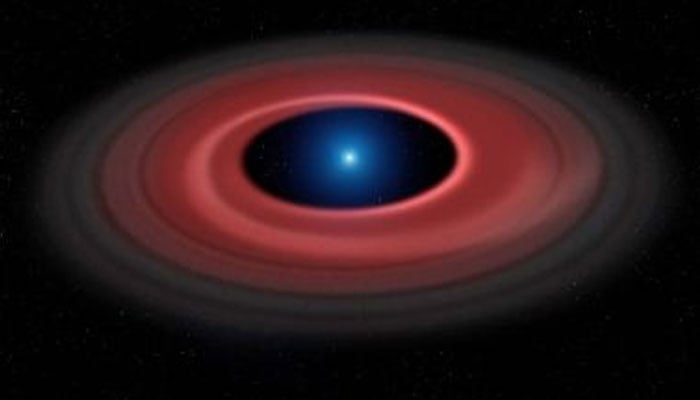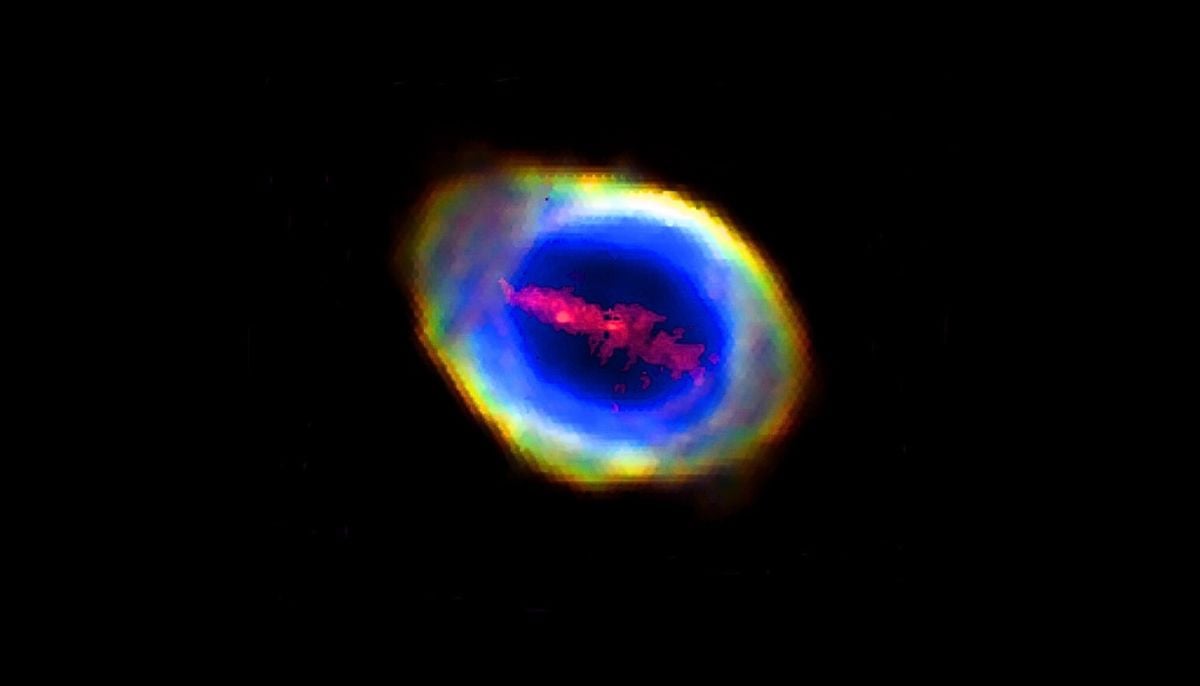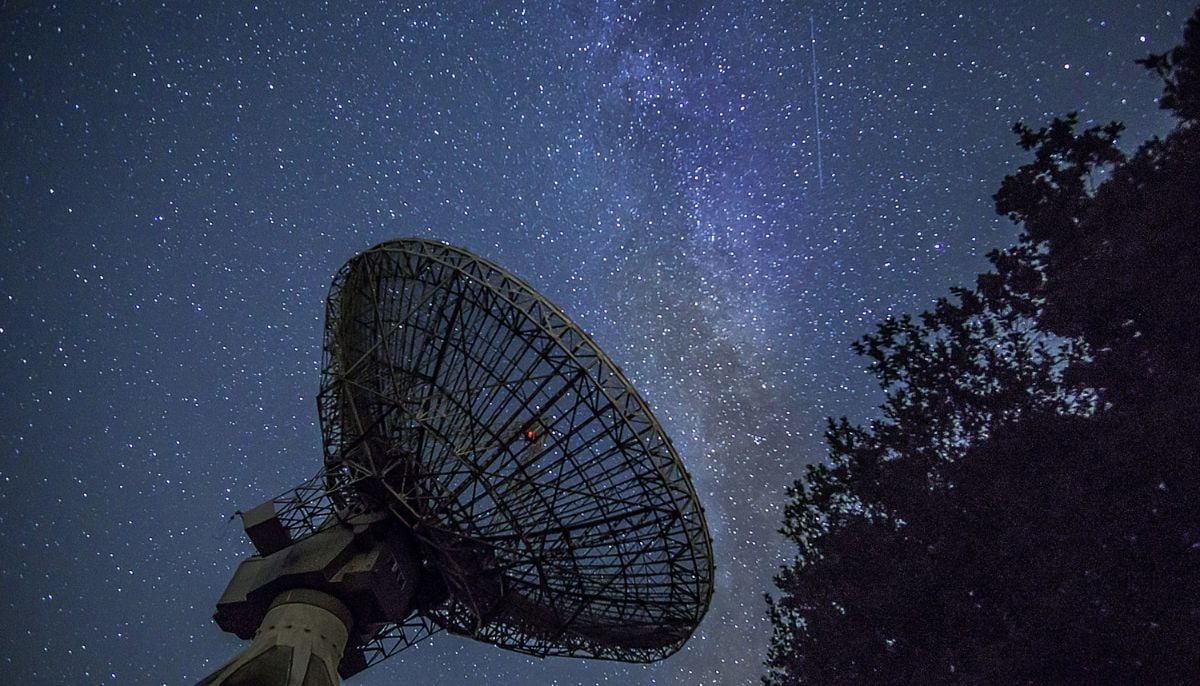In a first, astronomers discover 'radiation belt' outside solar system
First ever radiation belt discovered around "brown dwarf" that is too light to be a star and too heavy to be a planet
A small team of astronomers has discovered a radiation belt outside the solar system for the first time, according to results published in the journal Nature.
The belt was discovered around a brown dwarf known as LSR J1835+3259 and is 10 million times more intense than Jupiter's, SciTech Daily reported.
The "brown dwarf" — that categorises as neither a planet nor a star due to its unusual weight — can be found 20 light-years away in the constellation "Lyra".
The first belt around the Earth was discovered through Explorer 1 and 3 in 1958 and is now commonly found around other planets.
However, this is the first time a radiation belt has been discovered around something other than a planet.
“This is a critical first step in finding many more such objects and honing our skills to search for smaller and smaller magnetospheres, eventually enabling us to study those of potentially habitable, Earth-size planets,” said Shkolnik, an expert in magnetic fields and habitability of exoplanets.
The unprecedented discovery also revealed that the radiation belt is a "giant structure".
"The newly discovered extrasolar radiation belt's outer diameter spans at least 18 Jupiter diameters across, and the brightest inner regions are separated by 9 Jupiter diameters," the report said.
According to the journal, it consists of particles that travel near the speed of light and glow brightest at radio wavelengths, proving to be the "most energetic particles of any solar system planet".
The team also managed to capture three high-resolution pictures of the "radio-emitting electrons trapped in LSR J1835+3259’s magnetosphere with the help of an observing technique commonly used for imaging our galaxy’s black hole", the report said.
“Auroras can be used to measure the strength of the magnetic field, but not the shape," said Melodie Kao, the team leader, as she commented on her team's discovery.
"We designed this experiment to showcase a method for assessing the shapes of magnetic fields on brown dwarfs and eventually exoplanets,” she continued.
She added, “One analogy is that radiation belts are like the ‘yards’ of planets living in the neighbourhood that is our solar system, except instead of flowers, we have energetic particles glowing at different wavelengths and brightnesses."
-
Bamboo: World’s next sustainable ‘superfood’ hiding in plain sight
-
NASA Artemis II rocket heads to the launch pad for a historic crewed mission to the Moon
-
Blood Moon: When and where to watch in 2026
-
Elon Musk’s Starlink rival Eutelsat partners with MaiaSpace for satellite launches
-
Blue Moon 2026: Everything you need to know
-
Scientists unravel mystery of James Webb’s ‘little red dots’ in deep space
-
ISS crew of four completes medical evacuation with safe splashdown off California
-
Annular solar eclipse 2026: Here's everything to know about the ‘ring of fire’












